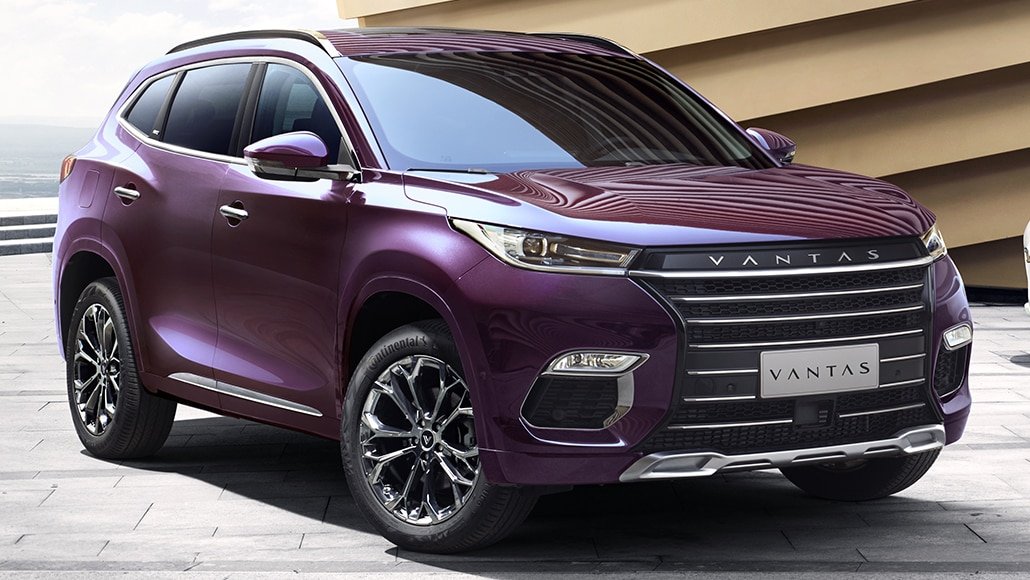Despite over 15 million cars being sold in the US last year, none bore the badge of a Chinese car brand. However, this doesn’t mean Chinese-made vehicles are absent from American roads. In fact, over 104,000 Chinese-made cars were sold in the US in 2023 alone, with nearly 28,000 more sold in the first quarter of 2024. Brands like Buick, Lincoln, Polestar, and Volvo have been quietly bringing Chinese-manufactured cars into the US market, highlighting a significant yet often overlooked aspect of the automotive industry.
The Stealthy Presence of Chinese-Made Cars
While iconic Chinese automotive brands such as BYD and SAIC haven’t made their way to American showrooms, vehicles built in China are still a notable presence. The Buick Envision, Lincoln Nautilus, Polestar 2, and Volvo S90 are among the models imported from China and sold in the US. This trend reflects a strategic approach by automakers to leverage China’s manufacturing capabilities without overtly marketing these cars as Chinese brands.
Buick Envision: A Pioneering Import
The Buick Envision SUV, first introduced in 2016, was one of the trailblazers among Chinese-made cars in the US. The second-generation Envision, launched in 2021, continues to be produced in China at a GM-SAIC joint venture plant. In 2023, Buick sold over 44,000 Envisions in the US, making it the brand’s second-best-selling model. Despite impressive sales growth in the US, Buick’s market performance in China far surpasses its American numbers, with 517,000 units sold last year.
Lincoln Nautilus: A Luxury Crossover’s Journey
The Lincoln Nautilus, a midsize luxury SUV, was initially launched in 2019 as a refresh of the MKX model. The latest 2024 Nautilus is manufactured at Ford’s Hangzhou factory, a joint venture with China’s Changan Automobile. This shift in production from Ford’s Oakville, Ontario facility to Hangzhou underscores Ford’s broader strategy to repurpose its North American plants for electric vehicle production.
Polestar 2: Electrifying the Market
The Polestar 2, an electric vehicle (EV) designed in Sweden and built in Chengdu, China, made its US debut in 2019. Polestar, originally Volvo’s performance division, has been spun off into a standalone brand co-owned by Volvo and its Chinese parent company, Geely. While initial US imports of the Polestar 3 SUV will be Chinese-made, production is slated to move to Volvo’s Ridgeway, South Carolina factory later this year.
Volvo S90: Swedish Design, Chinese Manufacturing
Volvo’s flagship sedan, the S90, shifted its production from Sweden to China shortly after its 2016 launch. Manufactured in Daqing, the S90 exemplifies Volvo’s integration into the Chinese manufacturing landscape. Despite its Chinese production, the S90 maintains its premium Swedish design, appealing to luxury sedan buyers in the US.
The Impact of Tariffs on Chinese-Made Cars
The introduction of Biden’s new 100% tariffs on Chinese-made EVs, combined with existing 27.5% tariffs on other Chinese-made vehicles, raises questions about the future of these imports. Polestar, for instance, is evaluating how these tariffs will impact its production plans. The company is considering shifting more production to the US to mitigate tariff-related costs and maintain competitive pricing.
The Broader Implications of Chinese-Made Cars
The presence of Chinese-made cars in the US market highlights a complex dynamic in global automotive manufacturing. American consumers, often unaware of the origins of their vehicles, continue to buy Chinese-made cars from familiar brands. This trend points to a broader acceptance and integration of global supply chains in the automotive industry.
While Chinese brands may not have established a direct foothold in the US market, their manufacturing influence is undeniable. As tariffs and trade policies evolve, the strategies of automakers and the composition of the cars on American roads will continue to shift. The quiet revolution of Chinese-made cars in the US reflects a globalized industry adapting to changing economic landscapes and consumer preferences.





